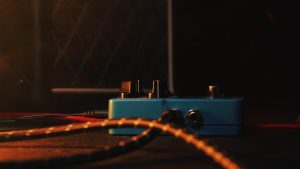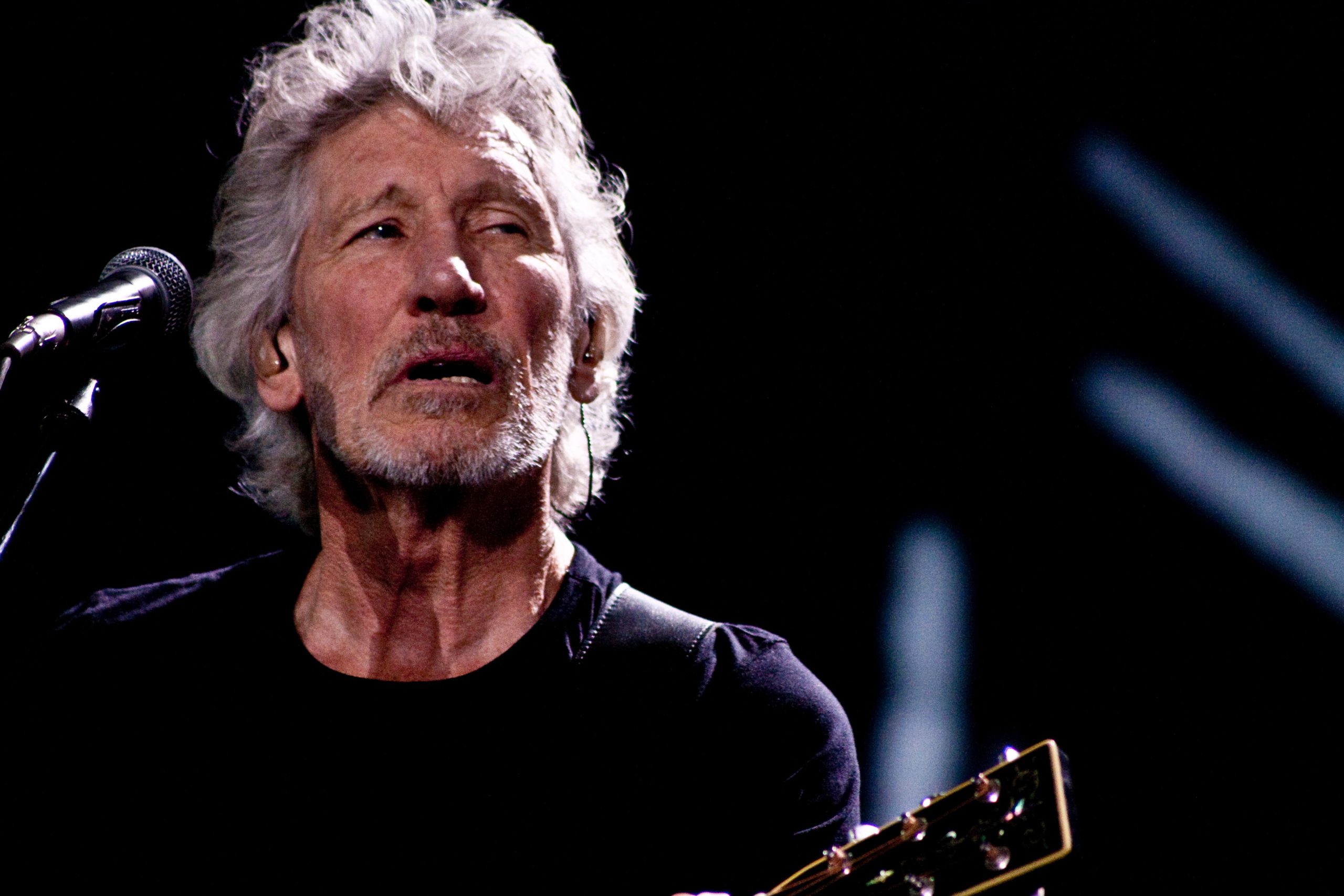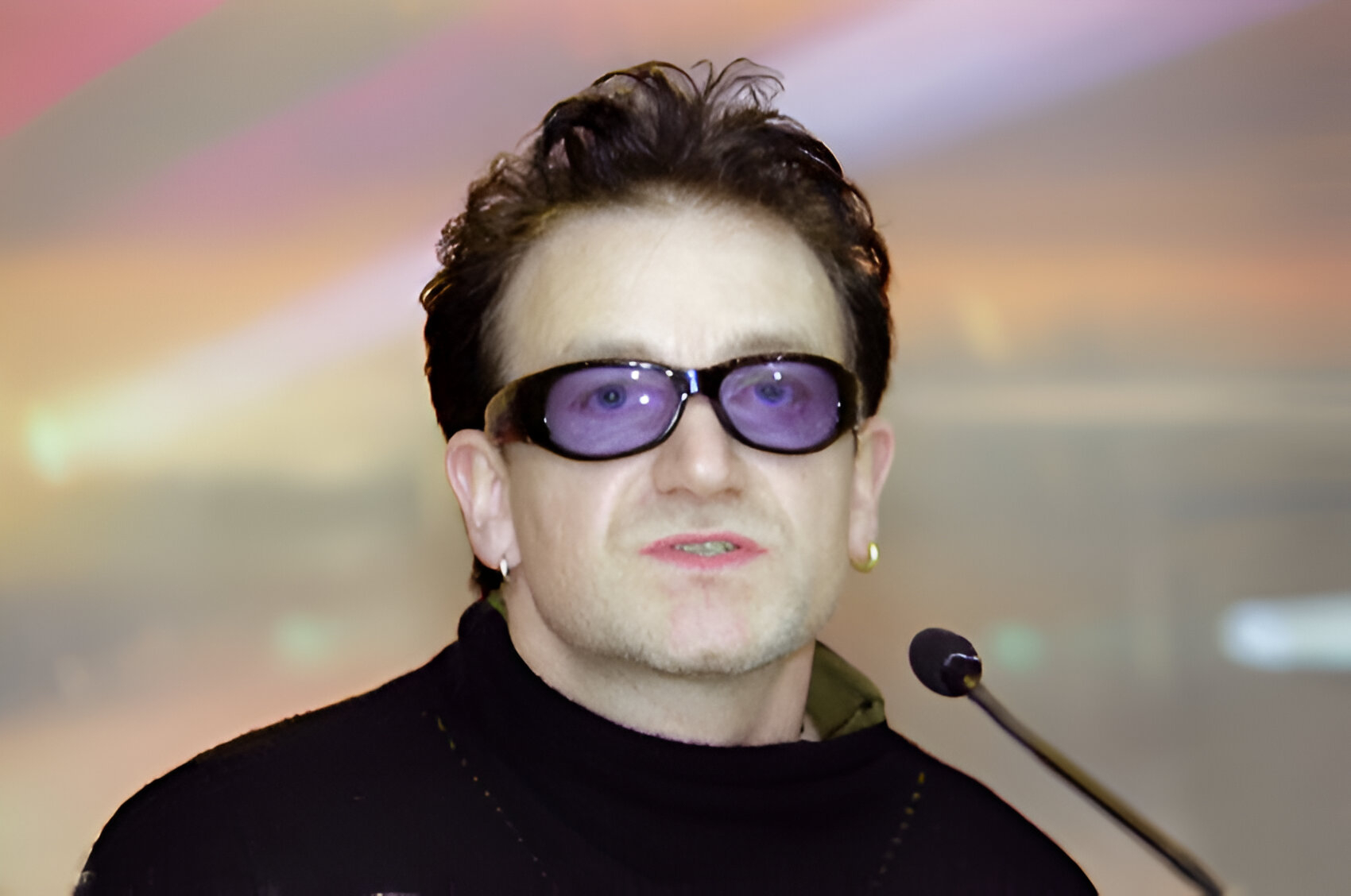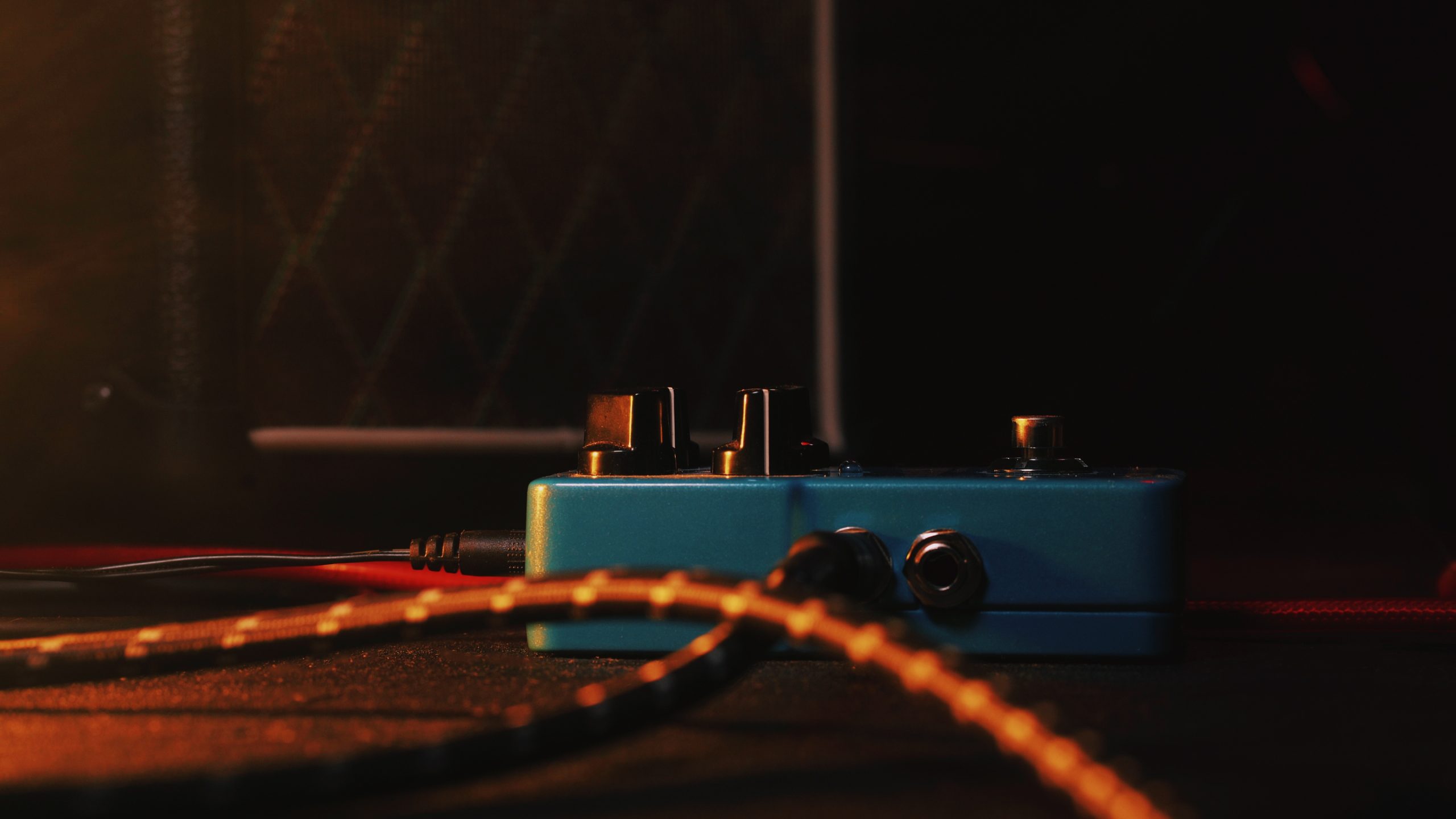Streaming royalties leave artists broke, but nostalgia pays dividends when executed with genuine conviction. The original Alice Cooper Group just proved that point with “Wild Ones,” their first collective recording since Nixon was president. Unlike Taylor Swift’s re-recordings that reclaim her masters and rewrite history, this release hits like unearthing a lost 1973 album—timeless, fierce, and more alive than most music in 2025.
This isn’t some cash-grab reunion tour masquerading as creative rebirth. The riff-driven anthem channels the same rebellious energy that made “School’s Out” a generational anthem, complete with Neal Smith’s thunderous drums and Michael Bruce’s snarling guitar work that sounds like it was recorded in 1972 instead of 2025.
Studio Chemistry Defies Time
The accompanying video reveals something remarkable—these guys still have it. Shot at Connecticut’s Carriage House Studios, the black-and-white footage captures Alice Cooper, Dennis Dunaway, Michael Bruce, and Neal Smith working with the easy familiarity of musicians who’ve shared countless stages.
Bob Ezrin’s production choices explain the authentic vintage feel: analog tape saturation adds natural compression that digital can’t replicate, while vintage Neve preamps deliver the warm midrange punch that defined early ’70s rock. The band recorded live in the same room, capturing natural acoustics and instrumental bleed that creates cohesive sonic space, techniques abandoned by most modern productions in favor of sterile isolation.
Bob Ezrin’s return as producer was the master stroke. The man who shaped their classic albums understands that authentic Alice Cooper requires more than shock value—it demands musical substance beneath the theatrics.
Honoring the Past, Embracing the Present
“The Revenge of Alice Cooper” arrives July 25th, carrying emotional weight beyond typical reunion albums. Glen Buxton’s posthumous guitar contributions on “What Happened To You” transform the project into something approaching memorial and celebration simultaneously.
Most 1960s bands left their spark in the past, their comebacks feeling like nostalgia acts at best. But this isn’t that. Instead of chasing faded glory, it feels like a forgotten ‘60s sound reignited—lightning that never left the bottle, just waiting for the right moment to strike again.
The 14-track collection promises the dynamic range that made their ’70s output essential, from hard-hitting anthems to haunting compositions that showcase Cooper’s theatrical instincts remain sharp as ever.

























